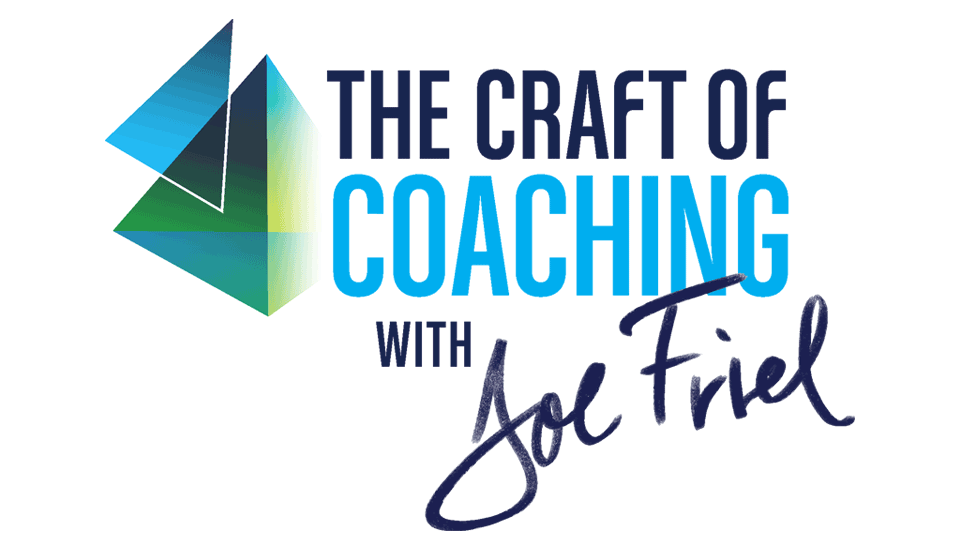How To Periodize Strength Training
A top strength coach shares her insights on how to structure strength training for endurance athletes.
A top strength coach shares her insights on how to structure strength training for endurance athletes.
Video Transcript
EK 00:02
Obviously during the course of a season the complexion of each of those sessions, two to three sessions a week would change. But generic themes or, like general trends for you, in your strength programming and plans?
Pre-Flight and Launch
Erin Carson 00:16
I’ve kind of taken the traditional periodization nomenclature and kind of made it my own. So, I have a group of exercises in a category called pre-flight. Pre-flight is all about preparing the body for movement and training. Pre-flight sessions should last anywhere from five to 20 minutes, very accessible time-wise. The second part would be the launch phase, it’s just like, now you’re on the flight, and we’re gonna take off. In launch, that would be traditionally called strength, endurance, and I have included mobility and skill development. We can deadlift in a launch phase, but we won’t deadlift heavy. We’re really working on it. So we’re maintaining great position on the on top of the bar, and the athlete feels confident with the lift.
The Climb Phase
Erin Carson 01:00
In climb we also have the really heavy stuff that three to five, and I know you love lifting heavy, like the three to five reps under 90-95% of max load with a highly skilled athlete, that’s magic, that’s so good. Because that can change the whole profile of how an athlete can perform.
When we get to the next phase, which I call climb, so once you’ve launched, you got to get up to cruising altitude. The climb phase would be our traditional hypertrophy and strength phase. I have very few athletes that I train hypertrophy, that’s that muscle size. The older the athlete, the more time we do spend with muscle hypertrophy phase, because we are gradually losing muscle as we age. If we’re doing endurance sports, our hormonal profile might not be so strong, that it’s easy for us to build muscle. I think we need to let go of some of that fear of developing muscle size once we get to 40,50, and 60 years old, we should embrace it. That’s when we want to find that muscle burn because that’s what really starts stimulating muscle growth.
The Cruise Phase
Erin Carson 02:07
The next phase, that I don’t spend a lot of time in (it’s more fitness-y than strength) is what I call cruise. That might be a little bit of play time where we do some circuits, we might do some AMRAPs or stuff like that, (as many reps as possible) just to find out and just to play a little bit with the body. So cruise is one that we play with, but I don’t actively use it to develop an athlete that much.
The Lounge Phase
Erin Carson 02:32
The next phase would be the lounge, and the lounge is all about recovery. Now we’re off the flight, we just gotta chill, wait for the next flight or whatever. Always good to be in a lounge. So, we’ve got some yin yoga in there, we’ve got a little bit of stretching.
We do foundation training. I love foundation training from Dr. Eric Goodman. I’m very much not a yoga person to teach it and instruct it. I believe in some kinds of it. I think some of it can be actually detrimental to performance. But foundation training is about adding tension into the body, decompressing the spine, expanding the ribcage. Many good topics for an endurance athlete dealing with the forces of gravity. So, those are my those are my five categories: pre-flight, launch, climb, cruise, and the lounge. Sometimes an athlete will call me and say “Coach, you know, you got me doing a launch workout. Are you okay if I add a little bit of extra load?” And I’m like, “Absolutely.” So you can go heavy in a launch phase. It’s just a matter of knowing where.
